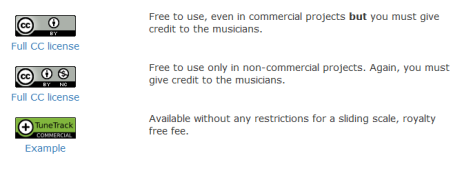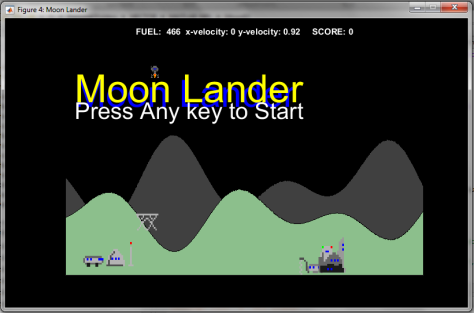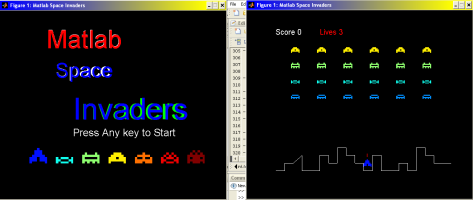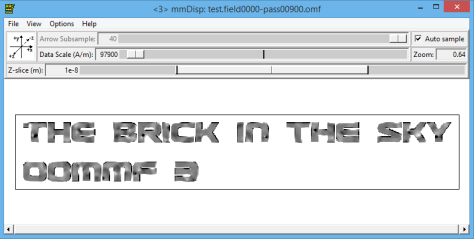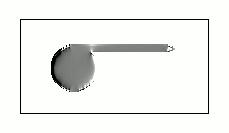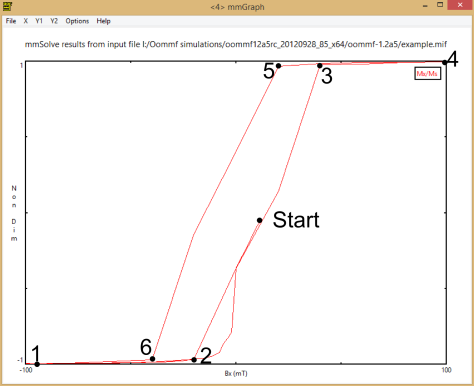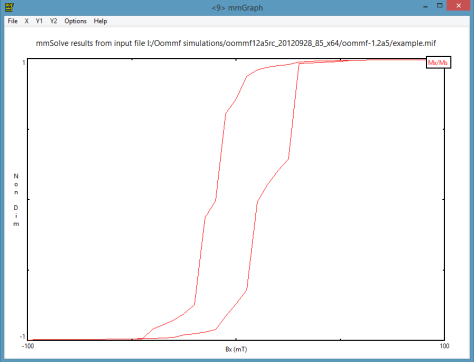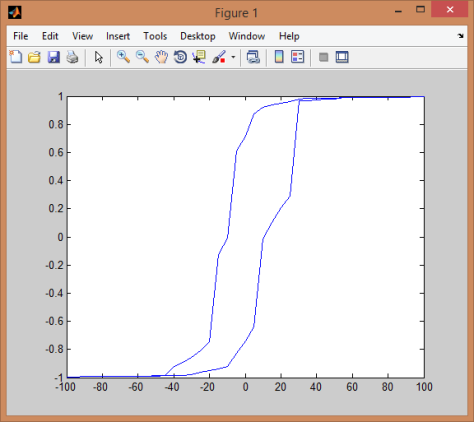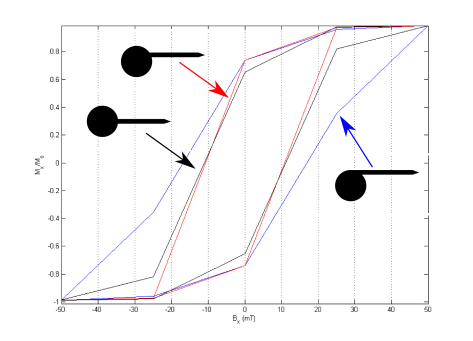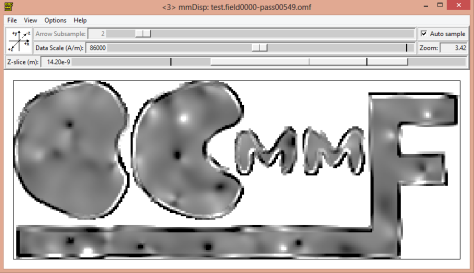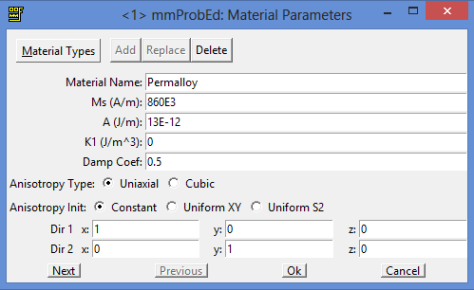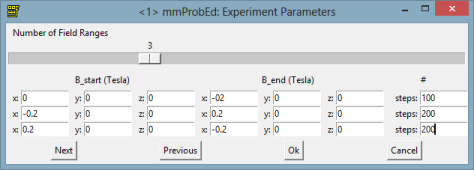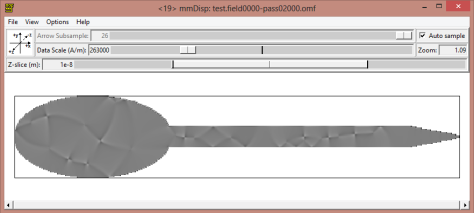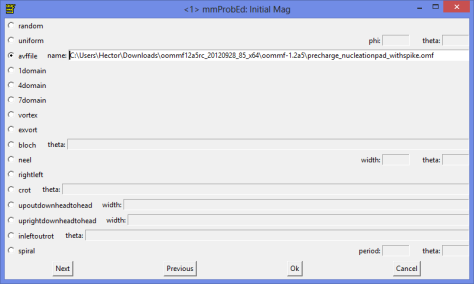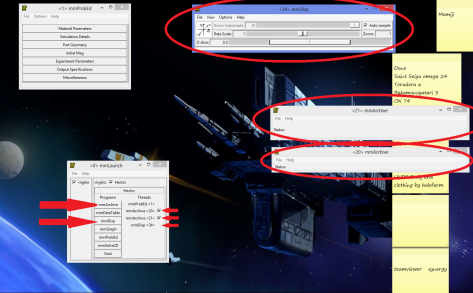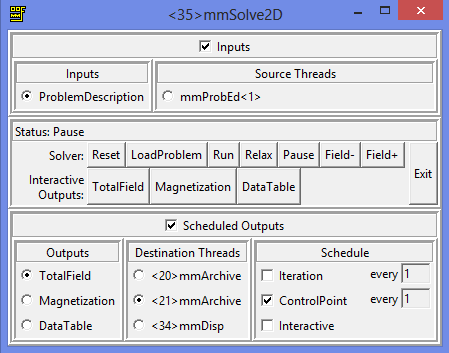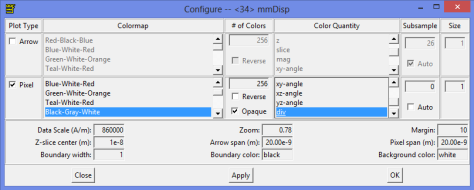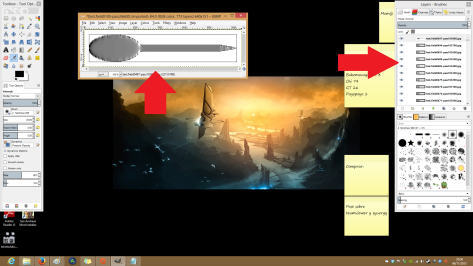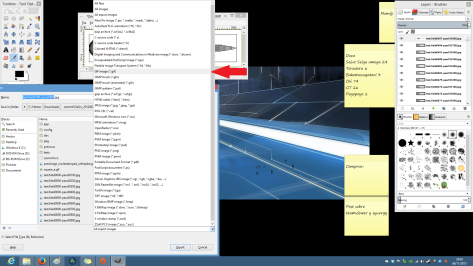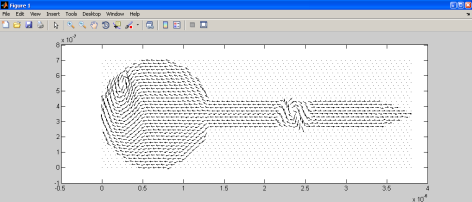This week there is no project. It is the first Kickstarter of the year and I want to review the projects I considered interesting during the last year. So, first, this is the list of all the projects.
52 projects and 38 successfully funded (73% success rate)
- Linkio Funded! 60175€ pledged of 50000€ goal
- PlasmonLAB. Failed X 7027$ pledged of 21500$
- EVB. Funded! 36738$ pledged of 8000$ goal
- Seer. Funded! 160643$ pledged of 100000$ goal
- Drift Stage. Funded! 57720$ pledged of 30000$ goal
- Project Earendel Failed X 11508$ pledged of 150000$
- ScreenStick. Funded! 26949$ pledged of 6000$ goal
- Flow Funded! 12487486$ pledged of 72000$ goal
- Eight (AKA: Luna) Funded! 1197978$ pledged of 108610$ goal
- DIY Home Automation. Funded! 5041$ pledged of 5000$ goal
- Spark Electron. Funded! 578478$ pledged of 30000$ goal
- Viper. Funded! 22579$ pledged of 20000$ goal
- Lamp. Failed X 3653$ pledged of 270000$
- Sliip Failed X 36536$ pledged of 100000$
- Ground Control. Failed X CAD4537$ pledged of CAD250000$
- Bedroom Battle. Failed X kr10705 pledged of kr40000
- GermFalcon. Funded! 4733$ pledged of 25000$ goal
- E-paper display for the Rapsberry Pi. Funded! 28593£ pledged of 10250£ goal
- SnapPower Charger. Funded! 839301$ pledged of 35000$ goal
- USB 912. Funded! 6432$ pledged of 2048$ goal
- Xbox One super battery. Failed X 1837$ pledged of 120000$
- CHIP, Funded! 2071927$ pledged of 5000$ goal
- Grut Failed X 2154€ pledged of 10000€
- For the love of Spock Funded! 662640$ pledged of 600000$ goal
- Fahrenheit 2451 – Preserve Your Data For Eternity. Funded! 45461€ pledged of 43000€ goal
- Sugru Funded! 3388150£ pledged of 1000000£ goal
- Flitchio. Failed X 6440€ pledged of 5000€
- Lunative. Funded! 43783€ pledged of 25000€ goal
- Solar Kit Box. Failed X 8683€ pledged of 25000€
- ShotBox. Funded! 106825$ pledged of 50000$ goal
- Loogun. Funded! 48718$ pledged of 40000$ goal
- Znaps. Funded! 3007370$ pledged of 120000$ goal
- KAT WALK. Funded! 149278$ pledged of 100000$ goal
- Hector Funded! 12667€ pledged of 8000€ goal
- bedjet. Funded! 1363381$ pledged of 24000$ goal
- Solar-Breeze. Funded! 408078$ pledged of 315000$ goal
- fight between EEUU and Japan. Funded! 554592$ pledged of 500000$ goal
- million mile light. Funded! 50947£ pledged of 35000£ goal
- Chief O’Brien book. Funded! 55570$ pledged of 15000$ goal
- Pugz Funded! 1433779$ pledged of 50000$ goal
- Pi-LCD Funded! 1017£ pledged of 600£ goal
- Infinite M Funded! 46327$ pledged of 35000$ goal
- Knife Edge Funded! 106998$ pledged of 10000$ goal
- Brebo. Failed X 1519€ pledged of 3000€
- Makearm. Funded! 435433$ pledged of 349750$ goal
- Felfil. Funded! 44759€ pledged of 30000€ goal
- HUI. Funded! 4407€ pledged of 2800€ goal
- Wozfans Failed X 1456$ pledged of 10000$
- STAQ Failed X 5002$ pledged of 150000$
- POD Point Funded! 321000£ pledged of 250000£ goal
- lightcan Funded! 27541€ pledged of 25000€ goal
- kGoal Failed X 72571$ pledged of 100000$
What can we learn from this projects? If we take the data from then and plot it. This is how it looks funded vs failed projects.

Interesting here is that among these projects it seems there is no intermediate projects. Either you achieved to fund the project or you fail, but there is few projects with intermediate funding. In other words, the next histogram shows that. Among these projects either they reach 100% funding or they are below 50%.

With this limited amount of data, it can be the result of randomess, or it could be something real. For now it is just interesting.
Another interesting thing is the number of backers.

There is some interesting things here. Always having into account that these results depend strongly in the small amount of projects selected. We can see that failed projects have small amount of backers, while funded projects get something in between 100 and 500 backers. Of course, there is some extreme cases where the amount of backers is huge.
But, my interpretation of this is “if you get attention into your project, you will get backers and they will make it to succeed, and in case of succeed, it will have probably between 100 and 500 backers”.
This brings us to another point. The average pledge per backer.

Here there is no big difference between the failed and the funded projects. However, it is worth noticing that the most common average pledge is below 50£ and in rare cases the average goes above 125£ per backer.
All this things brings us back to the initial graph. What is the expected revenue? (Using this non rigorous method we have been using). If the project is funded, it will have probably between 100 and 500 backers (unless it is a hit), and probably the average pledge per backer will be between 50 and 100 £. Or in other words, your project will be in the marked area

This is a result we could have found just looking at the first graph, but we look at the other graphs to find out why there is no more failed project with funding close to the goal. And the overall conclusion is that both funded and failed projects have the same profile of backers (they put the same money in average, which means that the failed products are also valuable), however, the failed products have much less backers.
We cannot extract more conclusions, and even these ones are quite limited because of the small population used. However, they are interesting and I hope they give some hints to future projects.
Hope you find it useful.
NOTE: In order to obtain this info, I made a script to gather the data from the Kickstarter webpage. Because there is no public API, I had to code a parser that reads the info directly from the webpage. It is far from being perfect and does some mistakes. During the next months I’ll be improving it and from time to time I will present some data here. Hope you liked what you saw, even if the conclusions presented here are partially true (or completely wrong).


